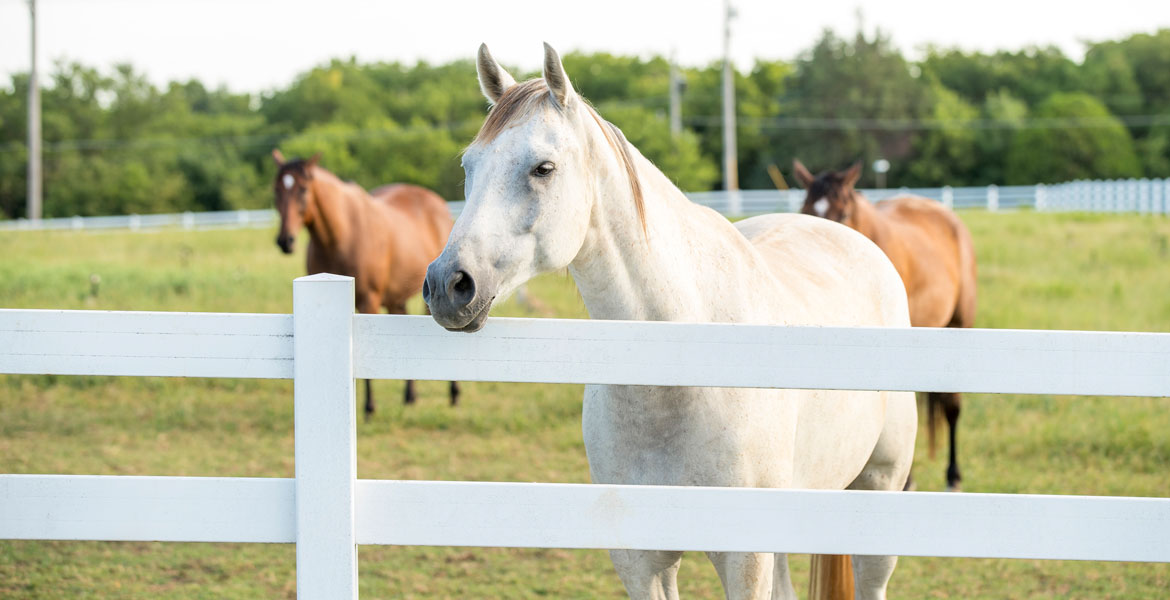Rural Roots, Strong Future: Advancing Veterinary Medicine in Oklahoma
In rural America, veterinarians are more than just doctors — they are the backbone of thriving animal agriculture communities and essential partners in local economies. They care for livestock that sustain our agricultural industry, keep beloved pets healthy, detect and control diseases that can spread from animals to people, and stand on the front lines of disease surveillance to protect U.S. agriculture.

